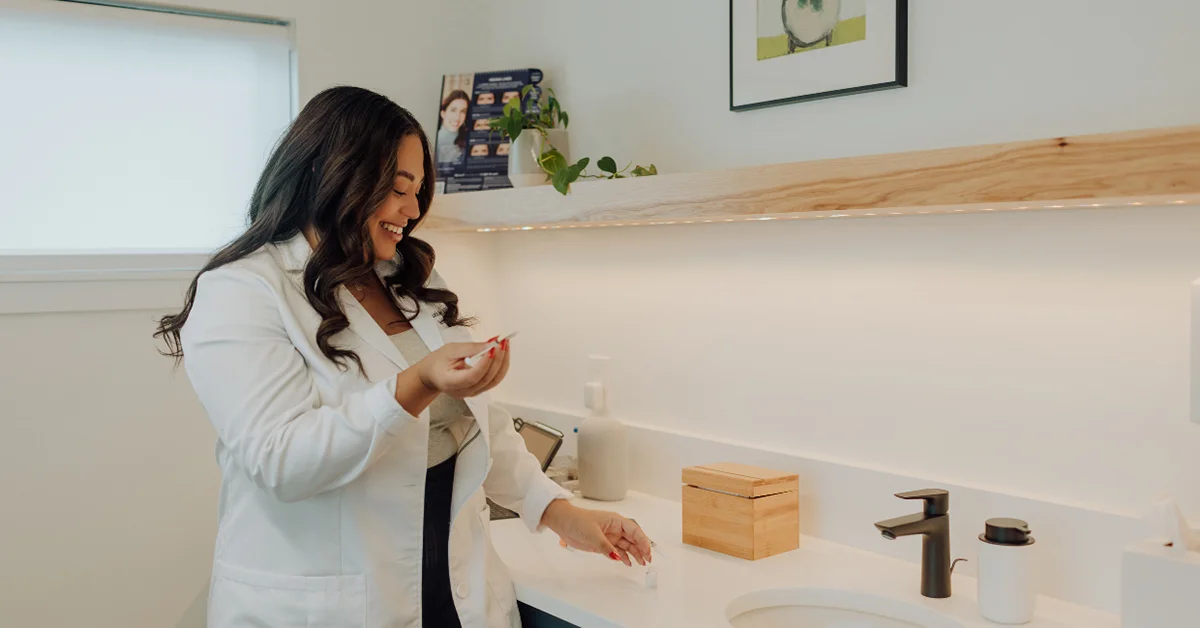January kicked off the year in Portland with a challenging start, as icy conditions added stress for many residents. A common stress reaction is unconsciously clenching the teeth and tensing the masseter muscles, leading to jaw tension. This condition impacts millions worldwide, with research indicating that 30-40% of adults endure jaw discomfort. Thankfully, there’s a promising remedy gaining popularity for this issue: Botox injections targeting the masseter muscles. Botox, commonly known for its cosmetic applications, has also been remarkably effective in treating jaw pain associated with TMJ disorders. But how does it work, and what can you expect from the treatment?
How does Botox work for jaw pain?
Botox, short for botulinum toxin, alleviates jaw pain by temporarily weakening the muscles responsible for jaw tension. When injected into the masseter muscles, which are primarily involved in chewing and clenching, Botox blocks the signals from the nerves to the muscles, preventing them from contracting forcefully. This inhibition of muscle activity reduces the intensity of jaw clenching and grinding, ultimately relieving the associated pain and tension.
How many Botox units do I need for jaw pain?
Typically, the recommended dosage at Aluma falls between 15-20 units per side of the jaw. This dosage may vary depending on your symptoms’ severity, medical history, and anatomy.
Is the treatment painful?
One common concern among potential patients is the discomfort associated with Botox injections for TMJ pain. The needles used for these Botox injections have a similar diameter to those utilized in other facial regions, such as the lines between the eyes. They are approximately the width of some acupuncture needles. The length of the needle is slightly longer due to the necessary depth required to reach the masseter muscle. At Aluma, we ensure the needle tip remains sharp, as sharp needles are more comfortable for patients. Most of our patients describe Botox for masseter pain as a 1 or 2 on a pain scale of 1-10.
Does Insurance Cover Botox for Jaw Pain?
Another important consideration for many individuals is whether insurance covers Botox for jaw pain treatment. You may be able to use your Health Savings Account (HSA) to cover the cost of treatment if performed at a physician’s office like Aluma. However, insurance for TMJ pain is typically not covered by insurance plans; this may be because it has yet to be FDA-approved for TMJ pain.
Finding Relief with Botox for Jaw Pain
In conclusion, if you’re ready to say goodbye to jaw tension and clenching, a Botox treatment for jaw pain may be the solution you’ve been searching for. Botox offers relief for those suffering from chronic jaw pain with its proven efficacy and minimal discomfort during the procedure. At Aluma, our experienced healthcare professionals are dedicated to providing personalized care and helping you find relief from your jaw pain with Botox injections.

